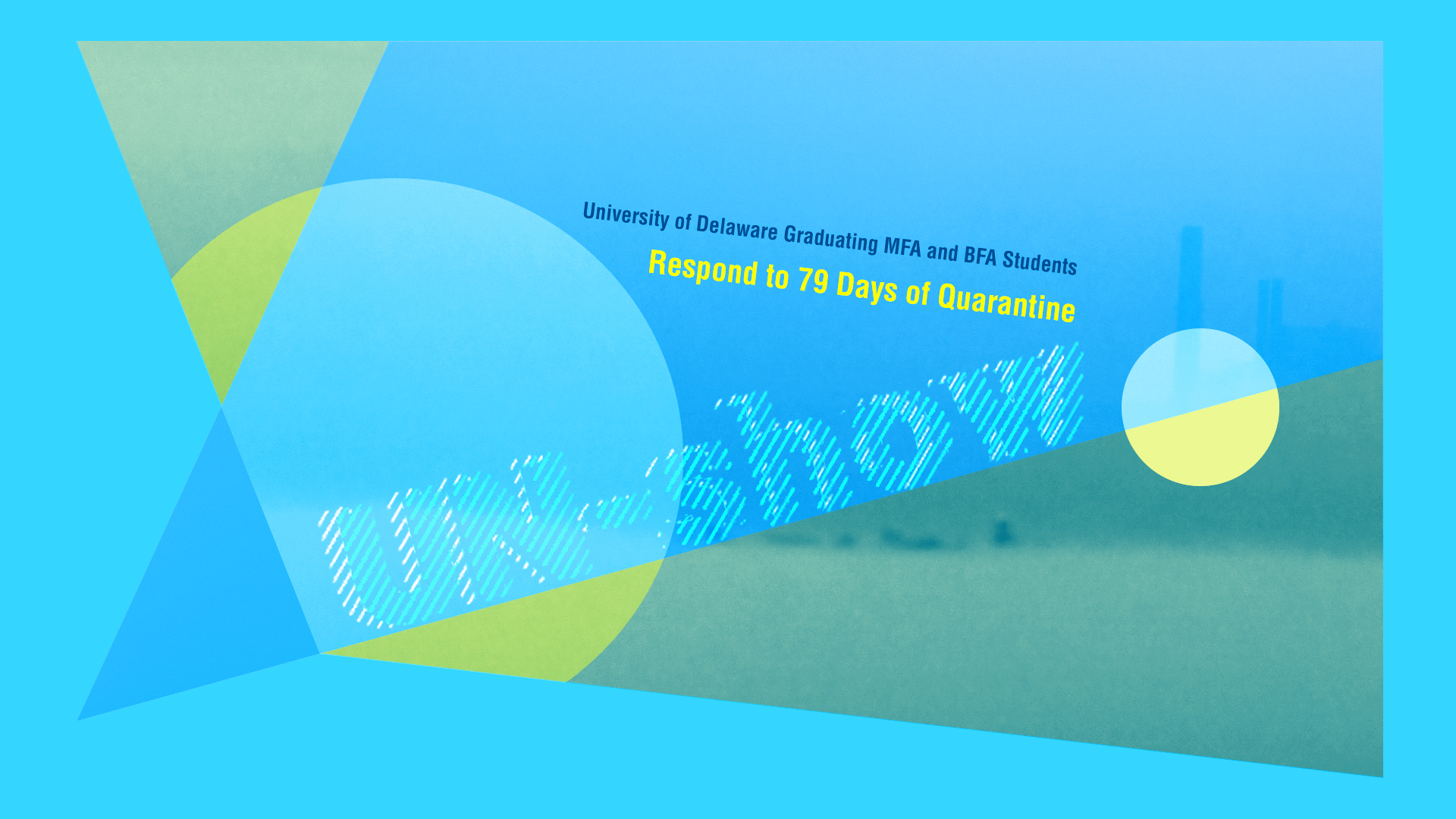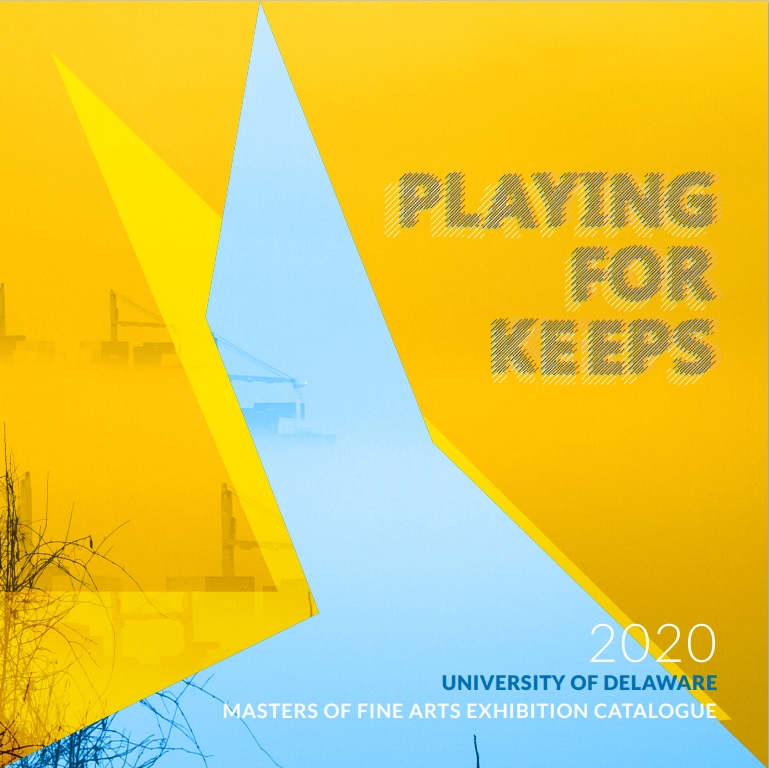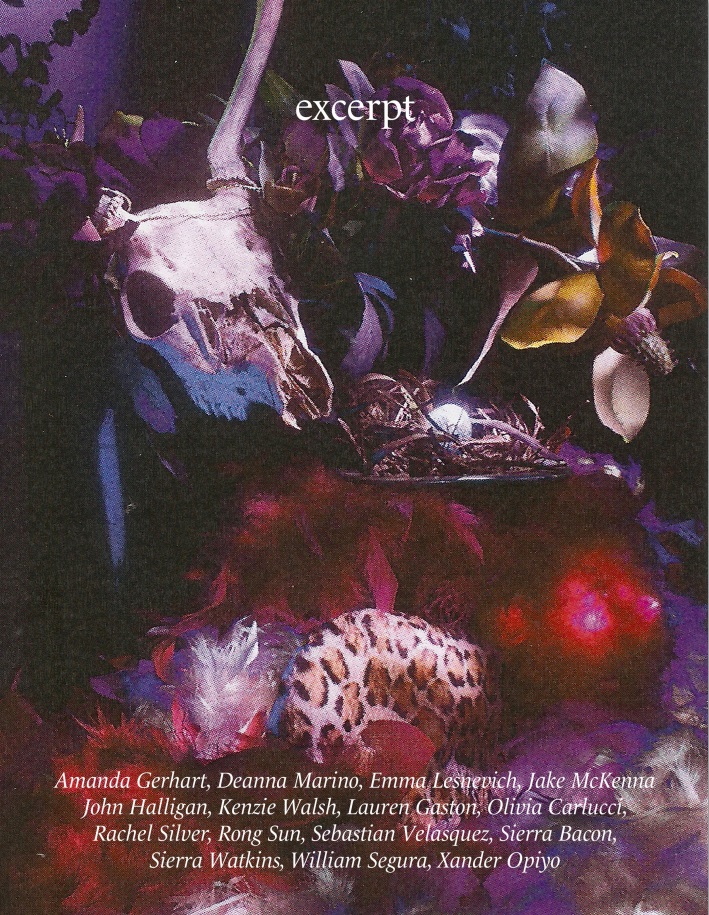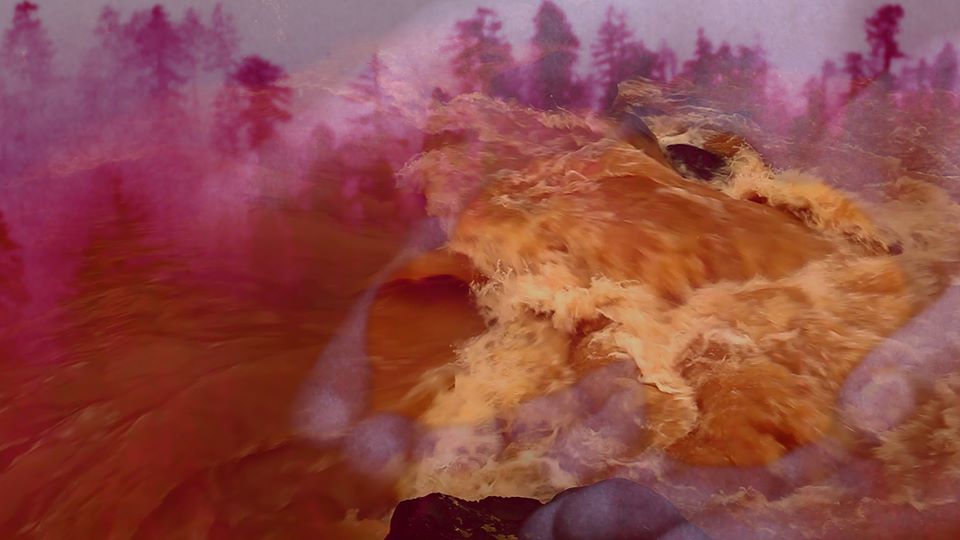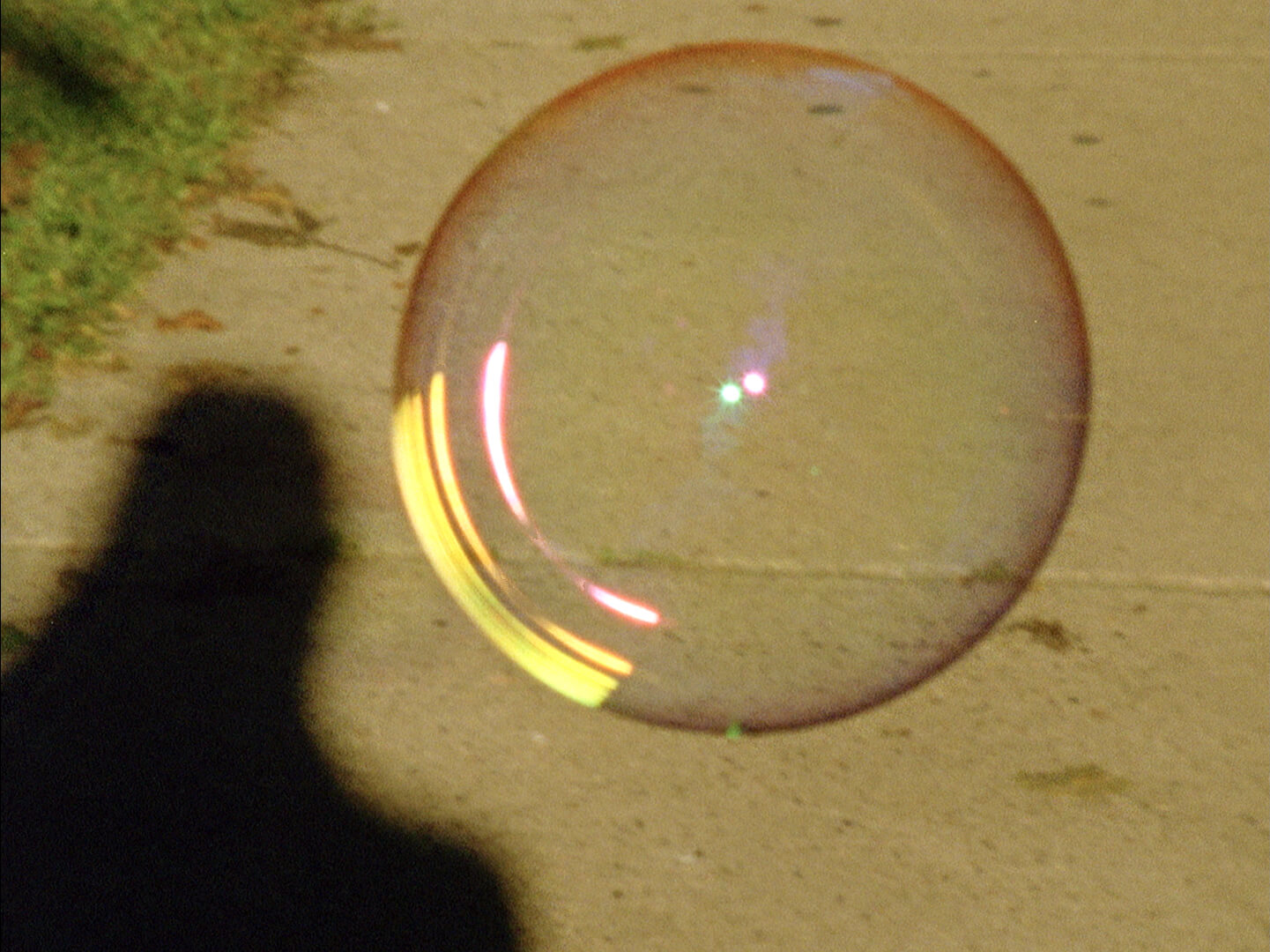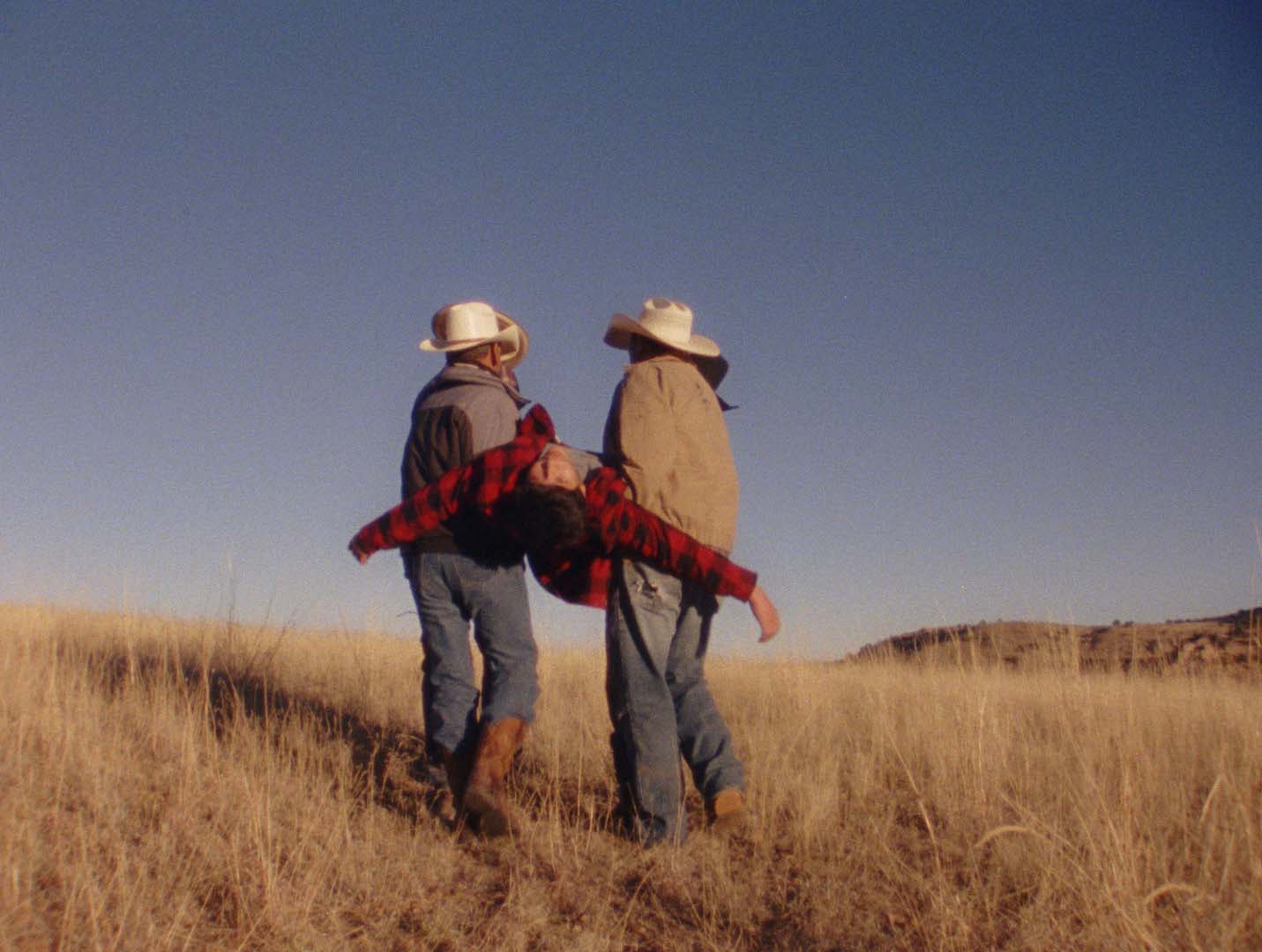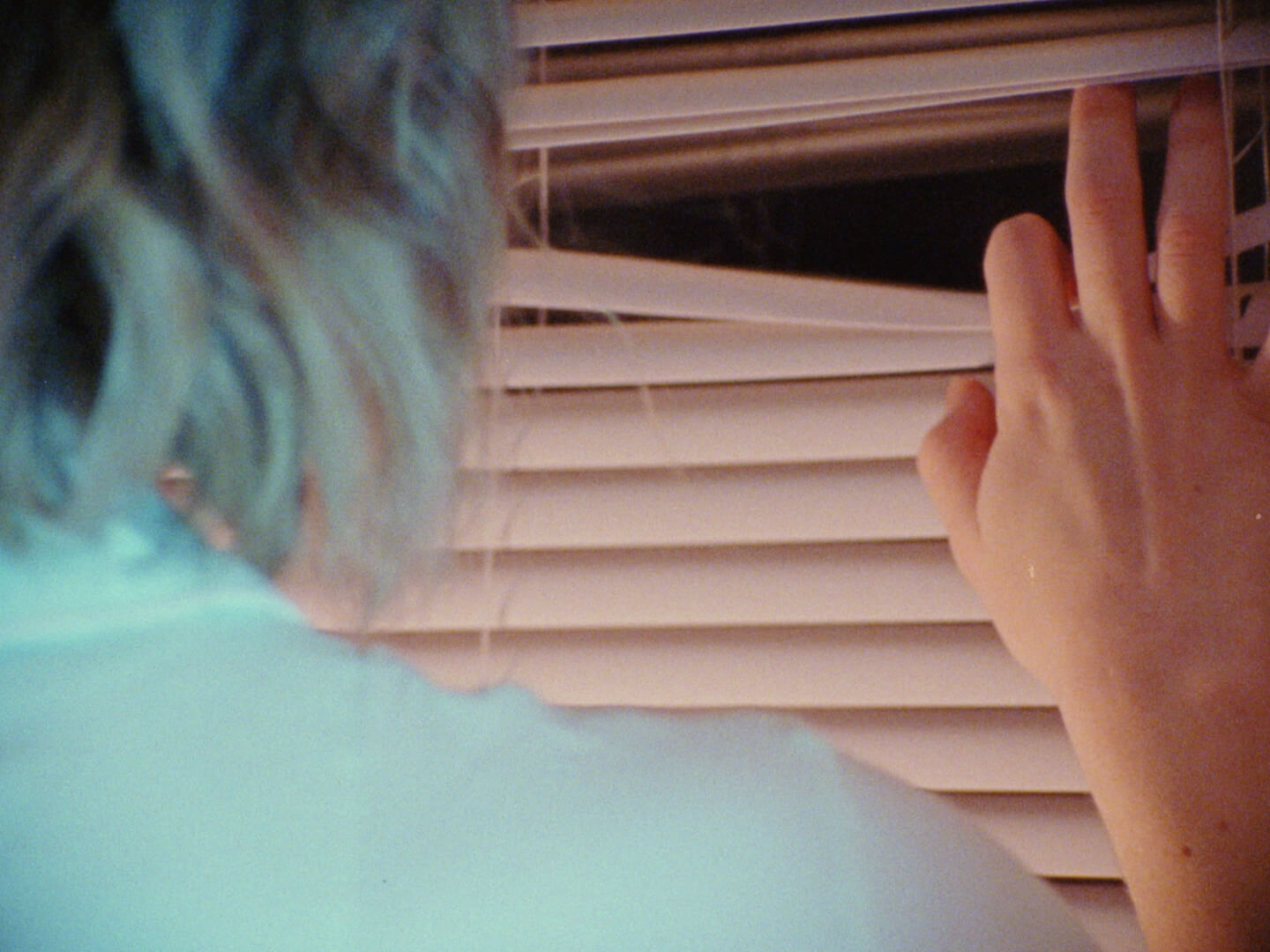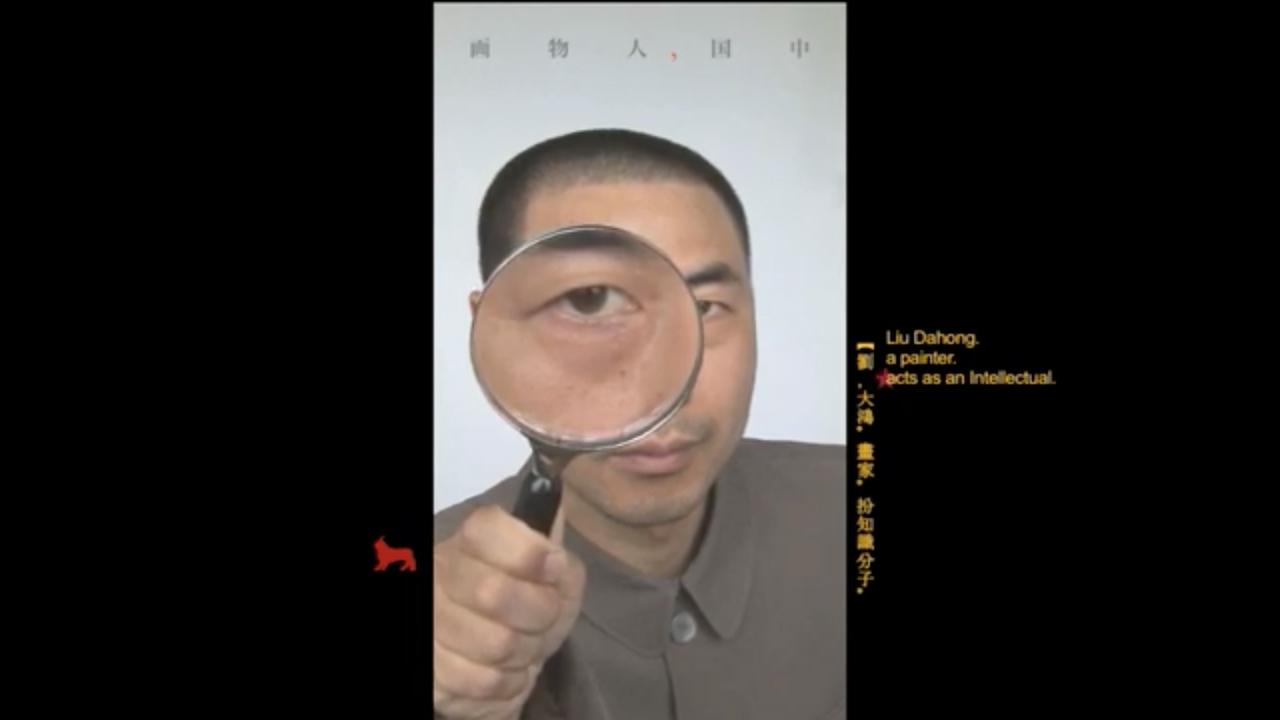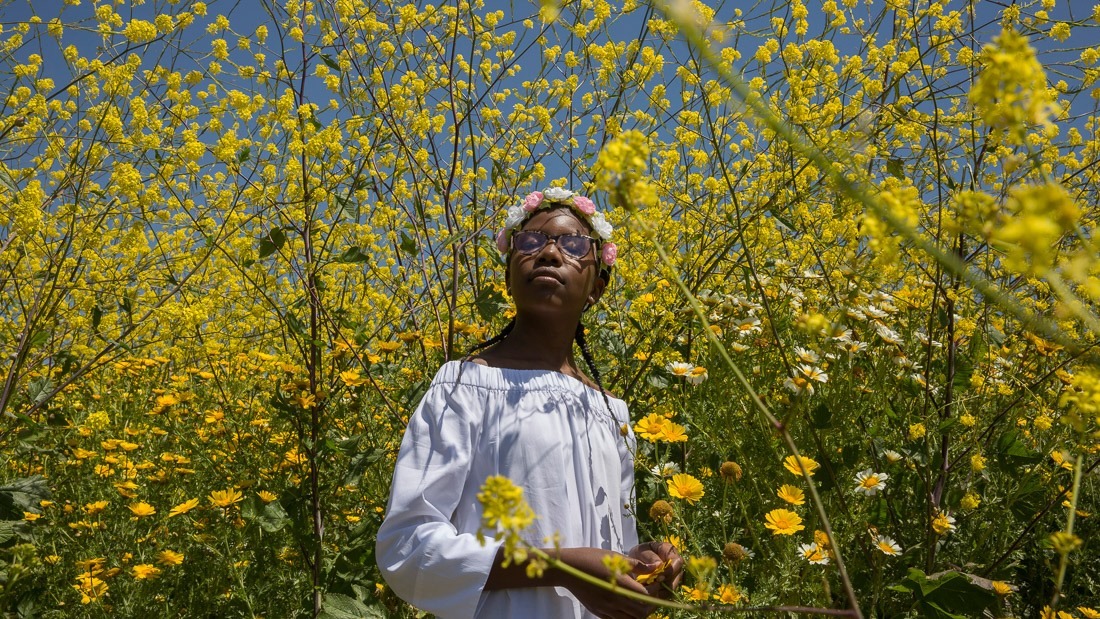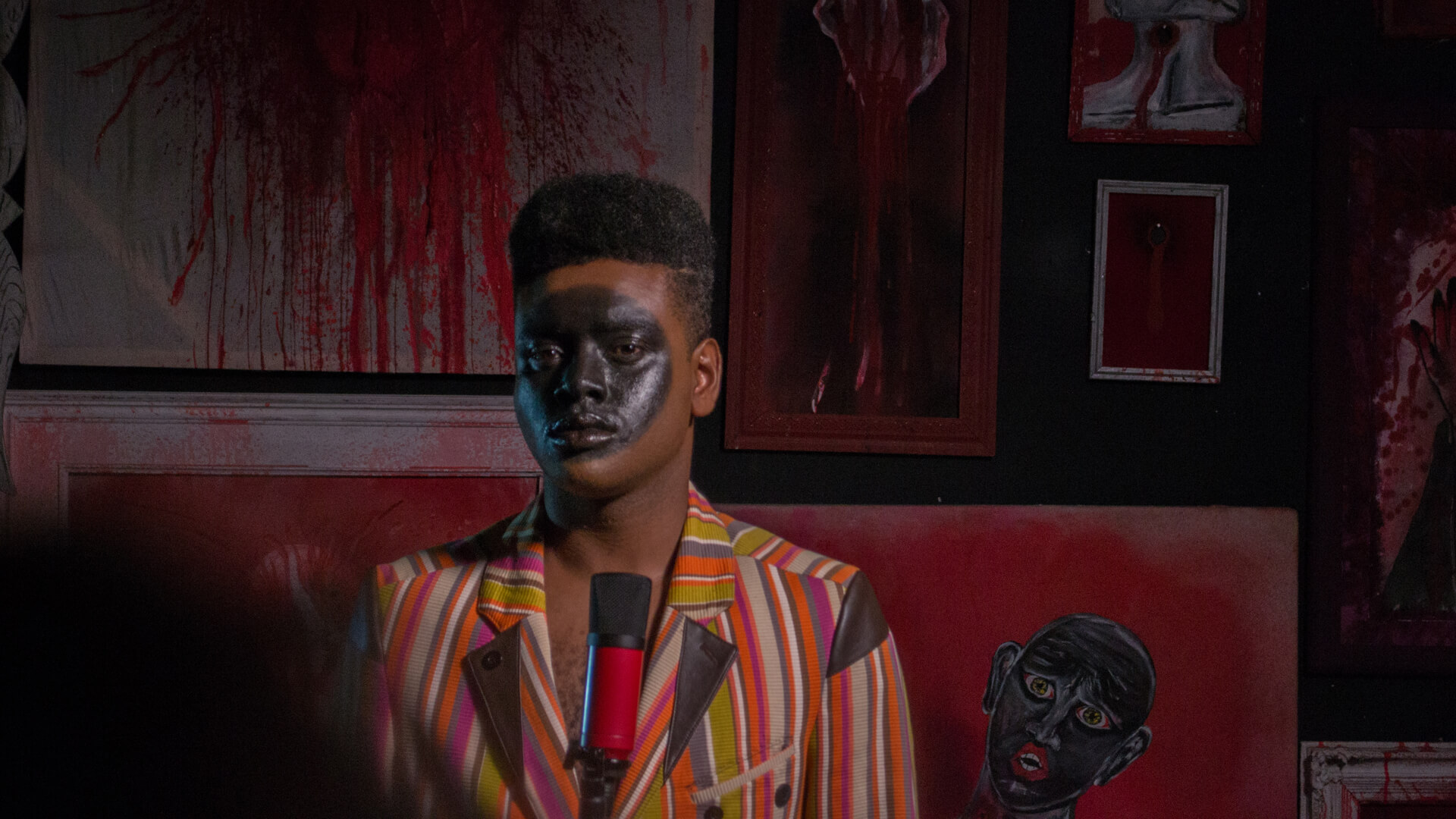The Un-Show: University of Delaware Graduating MFA and BFA Students Respond to 79 Days of Quarantine
Airing May 29 – June 29, 2020
Playing 4 Keeps by the Master of Fine Arts Students – 6-10PM (ET) on Sat, Mon, Wed
Excerpt by the Fine Art Bachelor of Fine Art Students – 6-10PM (ET) on Sun, Tues, Thurs
See both screenings in succession Fridays from 6-10 PM (ET)
Coinciding with what would have been a public celebration of completion, The Un-Show attempts to fill a void where a physical thesis show, convocation, and university graduation commencement once stood. There is no reason to pretend things are normal. We are not even sure we ever knew what normal was, but now, things are most definitely not what they were this time last year. For that reason we decided to accept the fact that we would not be able to hold a public exhibition of our students’ work in a gallery. We decided instead to host The Un-Show, an archive of how our students respond to learning from home during a pandemic and a celebration of their accomplishments.
The videos streaming this month are made by a diverse group of makers—undergraduates and graduates—who create and think with materials and concepts that vary widely. Only four of the students in this un-show consider themselves artists who use video as their primary medium. We have asked students who choose to work with wood, metal, fabric, clay, paint, ink on paper, charcoal, chemical and digital photography, found materials, and digital illustration to pick up a camera, a cell phone, or use the zoom camera to document how they are making (and if they are making) while sheltering in place. We have asked them to tell us why it is virtually impossible to really see and understand their work from a screen. Each of them has responded in their unique way.
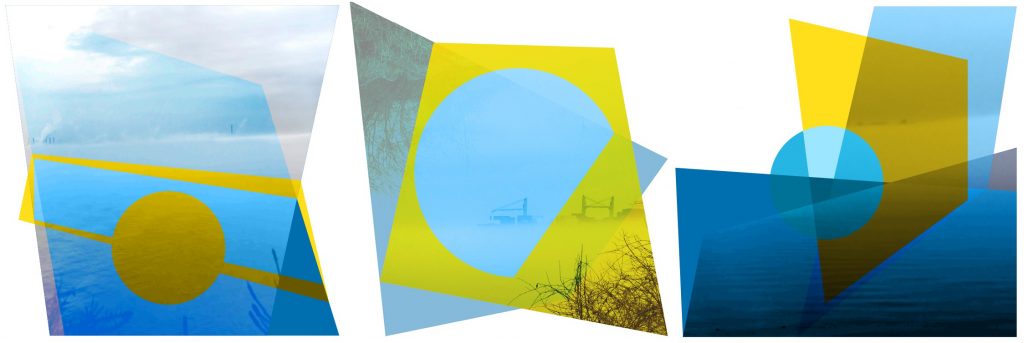
catalogue design & illustrations, srd | 2020
This group of students, diverse in age, experience, and location, have come together over the course of the last two to four years around the development of their creative practice and critical discourse. They have come from their various homes to the University of Delaware to utilize studio space, to have access to equipment for making, and to come together to critically engage each other’s practices—meeting with faculty, visiting artists, and discussing critical readings—all in the hopes of helping each other to think more deeply about their work and to realize their varied visions. What should have felt like the culmination of those years of dedicating themselves to their artistic education, of course, has been turned upside-down by a global pandemic the likes of which none of us has experienced in our lifetime. There is nothing “fair” about a global pandemic, but this group will not get the closure that they deserve. They have not been able to be in their studios for the last two months, they have met, like the rest of us, remotely to try to continue the conversation that they had developed, they have seen their various advisors on a screen, and they have tried to find creative ways to continue to develop a practice in the midst of a country-wide shut-down. The graduate students have been asked to deliver the courses that they were teaching on-line and they all have been forced to have their thesis show, the place where they get to celebrate their work with each other and family and friends, on-line.
So, in these extraordinary circumstances, and while we appreciate and are so impressed by their flexibility, creativity, and ability to adapt, we have also asked them to use this as a time to reflect on their practice, and to also resist. To resist the idea, that while everything can be posted on-line, not everything should be experienced on a screen. How might they be able to reflect on what, about their work, cannot be experienced on a screen? What are the unique qualities of the way their work acts on the senses, relating to a viewer’s body? How do they choose scale, or the way that even the most image driven work is still put into a space, lit in a particular way, arranged to be experienced by the senses of an embodied viewer/listener…hell, smeller… So rather than create an array of images our graduating Masters of Fine Arts and Bachelor of Fine Arts students were asked to make a short video of their “art,” whatever that may look like at this time, and as a way to think about and document this unprecedented time that was supposed to be their time to share their art with the public.
– Lance Winn, Graduate Director and Professor of Art, University of Delaware
Amy Hicks, Associate Chair and Associate Professor of Art, University of Delaware
2020 University of Delaware MFA Exhibition Catalogue
MFA VIDEO PROGRAM:
Caleb Weiss
Looking at a Painting, 2020, 2:54 min
calebweiss.com
Sarah Hunter
Sears Tower Implosion-Philadelphia 1994 (III), 2020, 2:53 min
Sarah Hunter is a Philadelphia based visual artist working primarily in oil paint and graphite media. In my recent work I have been exploring ideas of change over time, specifically thinking about how places accumulate and can hold various stories at once. This video documents the beginnings of a small drawing, part of a series based on YouTube stills. Using graphite as well as eraser techniques I am contemplating what the existence, removal and remembrance of built structures can mean to the essence of a place and its inhabitants.
Jacob Cage
Respiratory, 2020, 1:38 min
Jacob Cage is a visual artist rooted in two-dimensional media exploring ideas of consciousness, perception, and the experiential. By utilizing color, form, and illusion his work resonates between physical and conscious landscapes in creating a unified presence. Originally from New Jersey, Jacob received his BFA from Florida State University with a focus in painting and design.
Ken Beidler
Garage Assemblage, 2020, 5:28 min
Ken Beidler is a Philadelphia based visual artist working with a variety of materials. With roots in ceramic processes and traditions, his work explores through installations and assemblages how the natural world and human culture are layered in complex interconnected systems. Using the formal vocabularies suggested by these everyday realities, material objects, both found and made, are smushed, layered and piled up evoking landfills, geological layers and archeological sites.
Jason Austin
1999, 2020, 1:59 min
Originally from New Jersey, Jason Austin’s work consists of narrative storytelling in mediums such as acrylics, oil pastels, and charcoal. 1999 is a series of charcoal drawings that will later become pages for a graphic novel. The story centers around a time traveler who goes back in time to save his girlfriend from a deadly meteor shower that unleashes a global extraterrestrial pandemic.
Anna Marciniak
Hands from the My Chemical Romance Series, 2020, 4:07 min
Marciniak works the space between the does/doesn’t, the is\isn’t- the place of most possibility. There is a polytonality inherent in triteness of expression projected beyond itself into another awareness or space. As a sculptor, Marciniak harnesses the power of light and shadow to communicate in different ways. Through language and physicality, using laughter, fun, and nonsense to subvert her intent, things are both what they appear to be- and yet they are not. By using light as an object she blurs the lines between the intangible and the physical, composing her own story.
Arnaud Perret
On The Linearity of Time, 2020, 4:18 min
I am an artist who uses a variety of media but who has a predilection for creative processes based on photography. My work is influenced by the western aesthetical and theoretical traditions, but it vacillates between formalism and thematic reflections, between realistic and ethereal imagery, and between ontological considerations and the need for expression. I tend to think of my artistic production as a form of visual poetry to explore the sensible through time.
Cody J. Graham
You’ve Really Got A Hold On Me, 2020, 2:46 min
Philadelphia based interdisciplinary artist, Cody Graham, works mainly in alternative photographic processes, printmaking, and textiles. Through these processes he creates objects such as tapestries, collages, quilts, and both fabric and paper prints that explore intimacy, sexuality, and desire. Originally from Delaware, he is currently pursuing his MFA in Studio Arts from the University of Delaware and received his BFA in Photography at Tyler School of art at Temple University. He maintains an active CV in national and international exhibitions and publications. In 2017, he completed the Fabric Workshop and Museum apprentice program.
Rob Lesher
Untitled, 2020, 32:00 min
Artist teacher parent husband trying to stay sane. A set up for failure, given a task without the means for success doomed to be destroyed by its purpose.
2020 University of Delaware BFA Exhibition Catalogue
BFA VIDEO PROGRAM:
Zoom Session with BFA Seniors in ART419 Senior Studio, May 2020, 13:26 min
What does it mean to you to be known as the class of COVID-19?
Xander Opiyo
Portrait, 2019, 2:47 min
Xander Opiyo is a multidisciplinary creative treading the fine line between conceptual fine art and commercial mixed-media experimentation. This experimental short serves as a self-portrait of intrapersonal emotional and psychological battles. Through this project he captures his current headspace as a young adult and learning artist, one full of conflicting emotions, ideas, and worries.
Kenzie Walsh
Class of Covid 19, 2020, 2:36 min
Kenzie is a graphic designer stumbling through the art world. She works in vectors, video, and painting. This video is of her rambling about the pains and sufferings of social distancing along with how we cope while creating a vector graphic portrait.
Rachel Silver
Fidelia, 2019, 3:11 min
Rachel Silver is a visual artist focusing on the use of photo, video and illustration as a means of storytelling. Broadly, her work encompasses the feelings of feminine trauma and healing, often pointing the camera towards herself. Using a fictional narrative approach, Fidelia touches on the woes of a rather private woman not understood by her community, enshrouded in a thin veil of humor and wonder.
Sierra Watkins
Pandemic Emotions, 2020, 1:50 min
Sierra Watkins creates photos and videos to immortalize special moments in people’s lives. In this short video, Sierra focuses on her conflicting emotions during quarantine.
Deanna Marino
Heavenly Bodies parts I-III, 2020, 1:31 min
Marino is a sculptor with a focus on larger-than-life, interactive fantasy designs. Marino’s thesis is centered on a long-held passion for fabric sculpture, channeled into historically-inspired clothing/costume with highly stylized and romanticized themes. All of Marino’s designs are fully wearable and uniquely draped pieces, meant to bring out our closely guarded and cherished inner imaginative worlds.
Olivia Carlucci
Euphoria, 2020, 00:35 min
Liv Carlucci is a New York based illustrator, painter, photographer, digital designer and screenprinter. In Euphoria, Liv illustrates her love for color and expressing human emotion using colored pencils and sharpie.
Sierra Bacon
Divine Bath, 2020, 4:08 min
Sierra makes vibrantly intimate video essays to reclaim and explore past personal experiences as a way to address uncomfortable social topics. All of the spoken word in this video stems from conversations with friends and family. Those discussions gradually morphed into private interviews. In Divine Bath she focuses on rape culture through spoken word poetry, addressing the emotional and psychological impacts, as well as the road to healing.
William Segura
Me, Myself, and I, 2020, 1:29 min
William Segura enjoys releasing digital media works created through the power of technology. However, his love for technology may be a bit over the line. The short video created through illustrations and coding in processing exaggerates our artists love of technology through a suspenseful and chaotic narrative.
John Sebastian Velasquez
Making the Juggler, 2020, 00:28 min
John Sebastián Velásquez creates sculpture from found objects and industrial materials such as steel, wood, and concrete in order to explore the complexity of human relationships. During the shelter in place order, he began printing on materials found in his home.
Amanda Gerhart
All my friends, 2020, 00:32 min
Amanda Gerhart is a painter, illustrator, and designer from Newark, Delaware. She paints events, people, and objects that do not physically exist. Painting directly onto the surface, Amanda focuses on cognitive conflicts, perseverance, and current social issues in her surreal paintings.
Lauren Gaston
Pacing, 2020, 1:21 min
Lauren Gaston primarily works in ceramics and printmaking, exploring psychological concepts and telling stories through her work. In Pacing, Lauren focuses on the current quarantine situation. The visuals express some of the aspects of being confined.
John Halligan
Entrapment, Who Cares If It Kills, and Standards of Society, 2020, 00:25 min
Based in New Jersey, John Halligan makes sculpture about self worth, entrapment and living in a society full of toxic masculinity. He works with wood and steel.
Rong Sun
Japanese Samurai, 2020, 00:26 min
Rong Sun works on drawing, painting and digital illustration, investigating the diversity and history of weapons. In Japanese Samurai, Rong focuses on the aesthetic of traditional japanese armor and sword, showing the brave and precise soul of samurai.
Emma Lesnevich
Primary Feelings, 2020, 03:45 min
Emma Lesnevich is a painter whose work is focused on deconstructing the figure in order to understand the human condition. Through the lens of psychology, they use color, gesture, and brushstroke to express connections between the mind and body.
Jacob McKenna
Propandemiganda, 2020, 00:32 min
Jake McKenna is a creative writer and designer who creates humorous works intended to point out the absurdities in life. Finding the strange and unordinary in the mundane, he writes from his experiences and observations of the world he lives in. His coronavirus-inspired works are a critique of the illogical responses by the public to living during a pandemic. Jake uses a retro style to compare the influence of social media to propaganda advertising.

catalogue design & illustrations, srd | 2020
